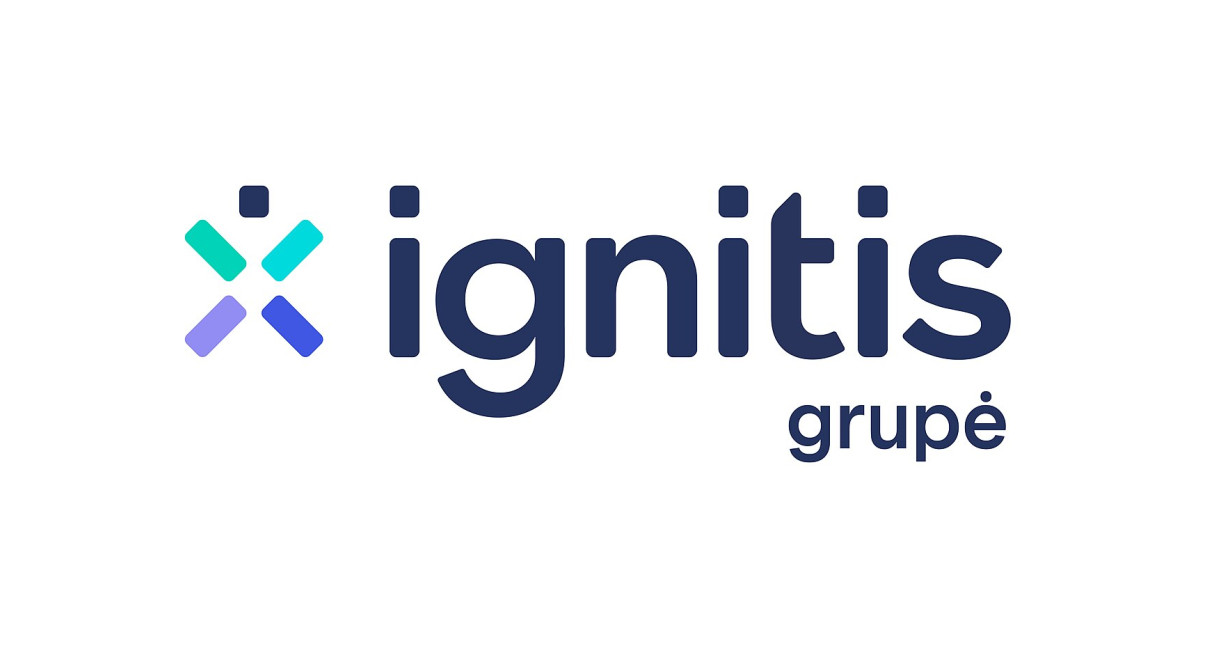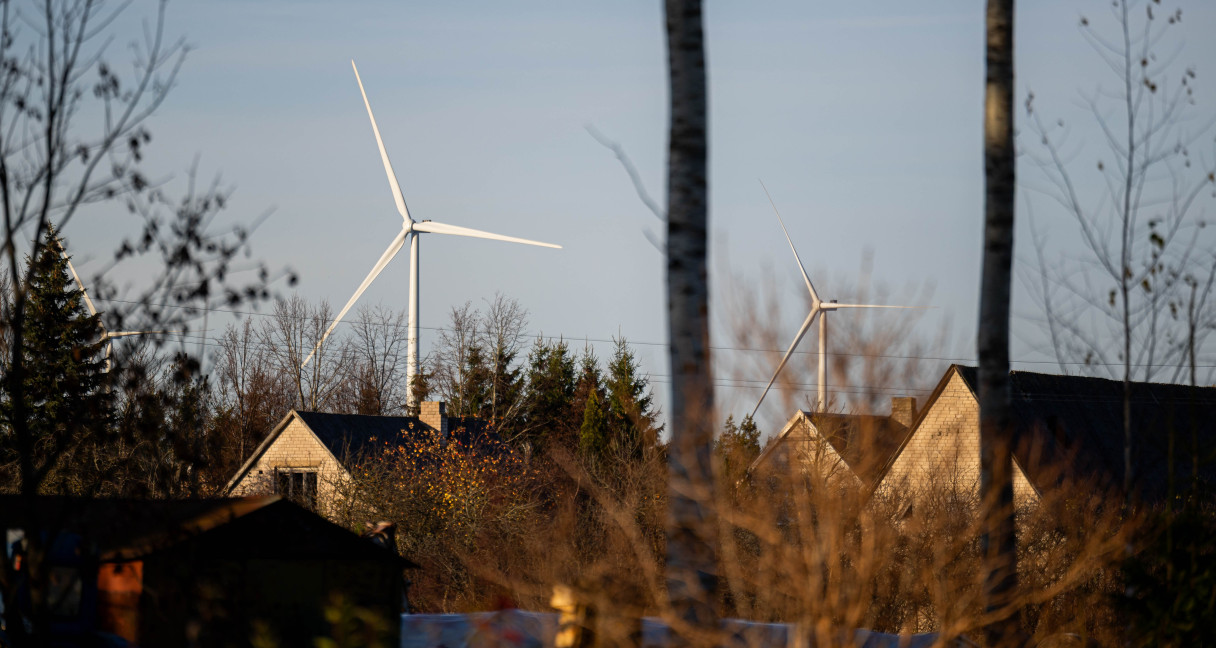132 years since the first electric light bulb lit in Lithuania: energy professionals are encouraging to “try on” their professions
On 17 April, 132 years after the first light bulb was lit in Lithuania, Ignitis Group, a renewables-focused integrated utility, and its partners are inviting students to “try on” the energy professions and craft a light bulb with their own hands.
Next week, on Wednesday, we will celebrate the Energy Day at the Energy and Technology Museum in Vilnius, where we will give interactive lessons called “Discover yourself in the energy sector” to students in grades 5 to 12. Here you will be able to learn about the ways the energy is generated and about the jobs in the energy field, including education opportunities.
“The world is facing a massive transition, which is especially noticeable in Lithuania, and Ignitis Group is actively contributing towards the global transition of the energy sector to renewable energy sources. These changes, in turn, are increasing the demand for specialists in the field and open up new career opportunities. That's why we strive to introduce students to this promising field and possibly link their professional career to it,” said Giedrė Žlibinienė, Lead of #EnergySmartSTART Programme.
Interactive lessons “Discover yourself in the energy sector” will be hosted by the host of a quiz show “Lithuanian Children of the Millennium”, Robertas Petrauskas, and the #EnergySmartSTART Educational Programme Manager, Vaiva Rutkauskaitė.
Visitors of Ignitis Renewables educational platform will be able to learn about onshore and offshore wind and solar power generation, take a virtual tour of the inside of a wind turbine and much more. There will also be a musical performance with the largest Tesla coils in the Baltics.
If you were not able to register for the Museum of Energy and Technology, you are welcome to take part in the virtual lessons. G. Žlibinienė notes that there is a huge interest from educational institutions: The Energy Day education sessions are already fully booked, with over 4,500 students in grades 5 to 8 and over 1,700 students in grades 9 to 12 have already registered for the virtual lessons, and the numbers continue to grow.
The energy sector employs over 100 different professions
According to G. Žlibinienė, although the energy sector is usually associated with engineering, the career opportunities in the sector are much wider.
“It is often assumed that only engineers work in the energy sector, but in fact there are about 100 different professions in the energy sector: from work-at-height to IT specialists, from economists to professional drivers,” says G. Žlibinienė.
Young people are also financially incentivised to study energy or electrical engineering by getting a scholarship of around EUR 300 per month.
In 2022, Ignitis Group allocated EUR 150,000 to 8 higher education institutions for 50 scholarships to first-year students. Even more students were able to take advantage of this in 2023, with scholarships granted to 50 first-year and 50 second-year students, since the allocated funds have doubled and reached EUR 300,000.
This year Ignitis Group is planning to allocate another EUR 300,000. Currently, higher education institutions are being invited to submit applications for financial support.
G. Žlibinienė points out that, besides the celebration of the “birthday” of the first light bulb lit in Lithuania, students are welcome to learn more about the energy professions at any time throughout the year. #EnergySmartSTART is welcoming all students and people interested in the energy sector and science to tour:
- Vilnius Combined Heat and Power Plant 2 (Vilnius CHP 2);
- Vilnius CHP and Kaunas CHP;
- Kruonis Pumped Storage Hydroelectric Power Plant;
- Kaunas Hydroelectric Power Plant;
- Tauragė wind farm;
- ESO practical training centre in Panevėžys;
- Energy and Technology Museum.
The facilities are accessible through guided tours, where visitors learn about the history, operation, technology and core equipment of the power plants. Among other things, members of the #EnergySmartSTART team travel to schools across the country to give lessons, organise activities, and initiate events for students.
The Lithuanian light bulb is only 13 years younger than the American one
The Energy Day is celebrated in Lithuania on 17 April to mark the date when the first light bulb was lit in the country, just 13 years after the invention of the light bulb itself and 10 years after the opening of the world's first power plant.
The light bulb was lit on 17 April 1892, Easter Sunday, at the manor of Duke Bogdan Oginski in Rietavas. The sawmill of the manor was equipped with a wood-fired boiler and a steam engine with a 120 V, 300 A DC, ~36 kW generator.
J. Kalnikas, a servant of the Duke Oginski, wrote a memoir about how the locals reacted to the first electric light bulb: “After the cables were laid from the power plant to the manor, people wondered how is this possible that the fire will burn at one end of the cable, at the power plant, and the light will shine at the other end, the manor. When men saw the light bulb shining, some tried to blow it out, some tried to light their pipes using it while others were afraid to go near it... And when the church was lit up using electricity, people from all corners of Samogitia travelled to Rietavas to see this light.”
The Church of Saint Michael the Archangel in Rietavas still has the historic chandelier that was lit in the year 1892.




